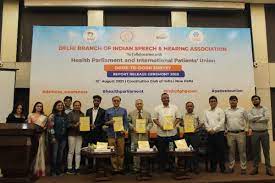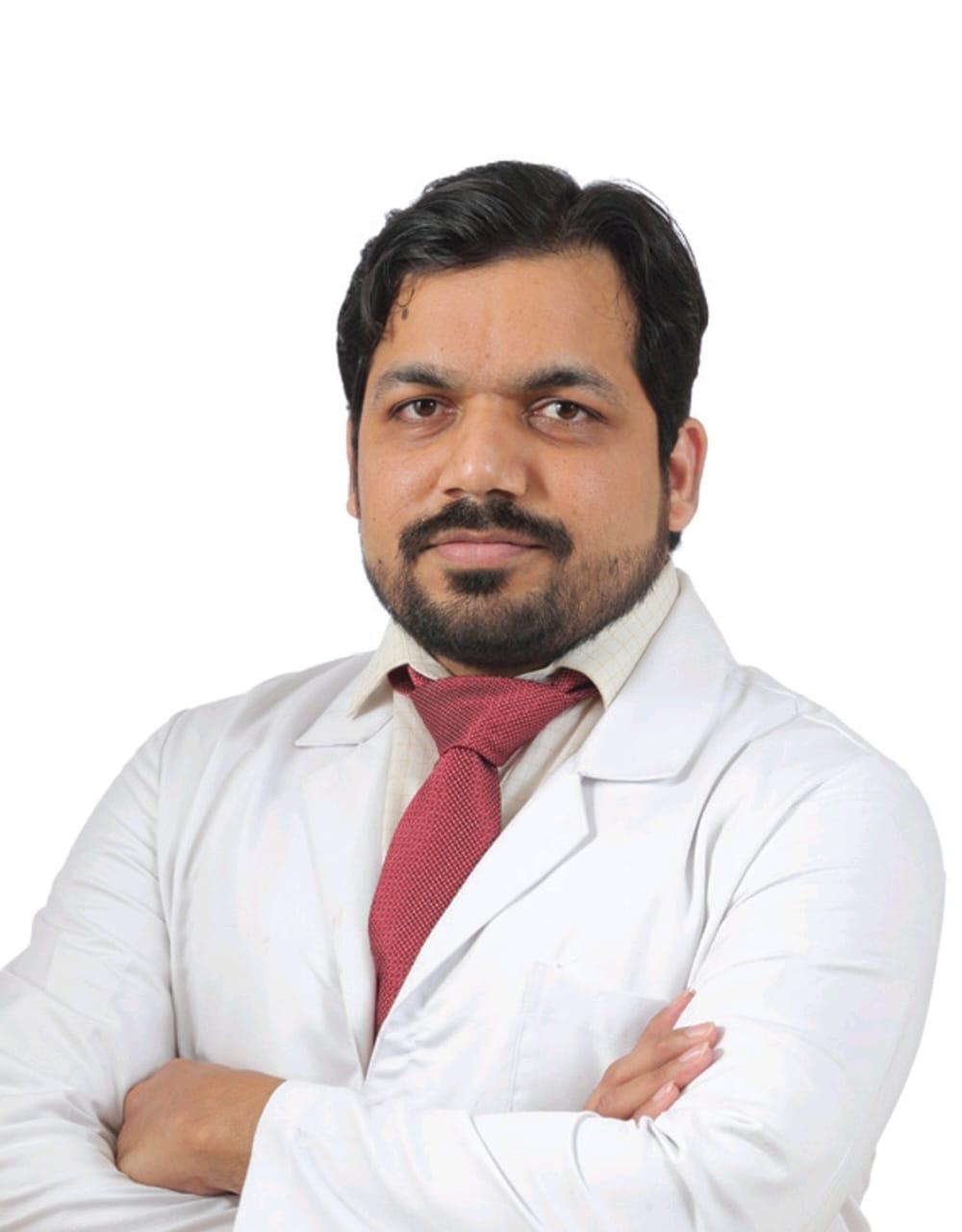Mobile addicted generation heading towards hearing disorders: Survey
India's Largest Door-to-Door Survey on Communication Disorders, conducted in partnership with the Health Parliament and the International Patients' Union by the Delhi Branch of the Indian Speech & Hearing Association (Delhi branch of ISHA), has

India’s Largest Door-to-Door Survey on Communication Disorders, conducted in partnership with the Health Parliament and the International Patients’ Union by the Delhi Branch of the Indian Speech & Hearing Association (Delhi branch of ISHA), has revealed intriguing insights.
Spearheaded by dedicated professionals and student volunteers in the field of speech and hearing, this groundbreaking endeavour marks a significant leap forward in addressing communication challenges across the Delhi National Capital Region (NCR), Jammu & Kashmir.
The survey has yielded comprehensive insights into the prevalence of communication disorders. Funded by the Delhi branch of ISHA and the Indian Speech-Language and Hearing Association (ISHA), a total of 53,801 individuals from 10,228 families from the Delhi – NCR area and over 6000 individuals from 1257 families in Jammu & Kashmir were surveyed from May to June 2023. Notably, the survey revealed a prevalence rate of 3.05% for communication disorders in the Delhi-NCR area, 6.17% in Kashmir and 2.4% in Jammu.
The inaugural address was delivered by Dr Rajendra Pratap Gupta, a distinguished policy maker, former advisor to the Union Health Minister, and founder of the Health Parliament and the International Patients’ Union. Dr Gupta ideated the project in February 2023 and formally presented the survey report during the conference hosted at the Constitution Club of India on 13th August 2023. He emphasized the report’s potential to catalyse awareness and drive impactful policy discussions centred around communication disorders. According to Dr Gupta, ‘the prevalence of Communication Disorders has increased to more than 3% and their awareness levels remain low at about 11%. Hearing impairment (HI) has increased within the 19-25 years age group (41.2%) and the 26-60 years age group (69.4%), and this is a wake-up call for the ‘mobile generation’ to stop the indiscriminate usage of headphone/earphones, else, they would soon have to use ‘hearing aids’ instead of ‘headphones’. Among individuals from different religious backgrounds, Muslims have the highest prevalence rate of 14.9% amongst those with consanguine marriages.’
Dr Gupta stressed the necessity of a multi-stakeholder strategy to promote consciousness regarding the indiscriminate use of mobile devices. He stated, “In the digital era, the escalating exposure to gadgets not only heightens the risk of speech and hearing disorders but also portends a severe shortage of professionals in this domain. Employing technology to foster awareness, screening, and treatment for these disorders is imperative.” Dr. Gupta called for an expanded pool of trained professionals to address the mounting burden of speech and hearing issues, suggesting the inclusion of these disabilities in the National Family Health Survey (NFHS) and advocating for a nationwide campaign to enhance awareness.
The survey findings for Delhi-NCR revealed that speech sound disorders (SSD) exhibit higher prevalence rates in the 6-12 years age group (42.4%) and the 13-18 years age group (31.1%). Fluency disorders are more prevalent among those aged 6-12 years (20.7%) and 13-18 years (17.1%). Language disorders exhibit a higher prevalence among ages 0-5 years (69%) and 13-18 years (48.2%). The report identifies varying prevalence rates for voice disorders across different age segments, with the highest observed in the 19-25 years age group (17%) and 13-18 years age group (11.6%). Vestibular disorders are more pronounced in the 26-60 years age group (8.7%). Multiple communication disorders are most evident in ages 0-5 years (37%) and 6-12 years (33.9%).
In Kashmir, 57.6% of the females and 42.4% of males were identified to have communication disorders, whereas, in Jammu, 66.4% of the male population and 33.6% of the female population were identified with communication disorders.
The event was graced by Dr. K. Madan Gopal, former senior consultant at NITI Aayog and Advisor at the National Health Systems Resource Centre (NHSRC), who delivered the Guest of Honour address. Dr. Gopal highlighted the survey’s potential to shape healthcare policies, underscoring the profound societal implications of addressing speech and hearing impairments.






